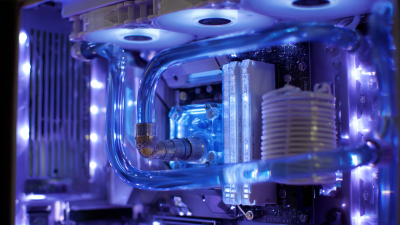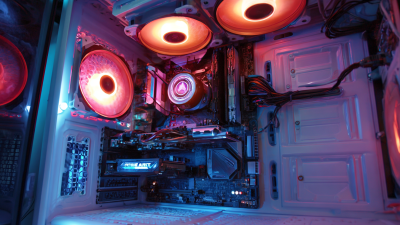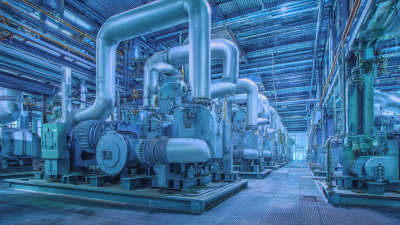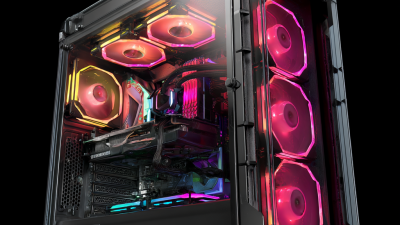Leave Your Message
- Phone
- E-mail
- Whatsapp


In the realm of modern computing, thermal management has become a critical factor in ensuring the longevity and performance of high-end PC systems. One of the most effective solutions for dissipating heat generated by powerful components is the Watercooling Radiator. This innovative cooling technology not only enhances thermal efficiency but also allows for quieter operation compared to traditional air cooling methods. By understanding the science behind watercooling radiators, enthusiasts and professionals alike can optimize their systems for maximum performance. This introduction will explore the essential components, working principles, and benefits of watercooling radiators, shedding light on how they can elevate your PC’s cooling capabilities and contribute to the overall effectiveness of your computing experience.
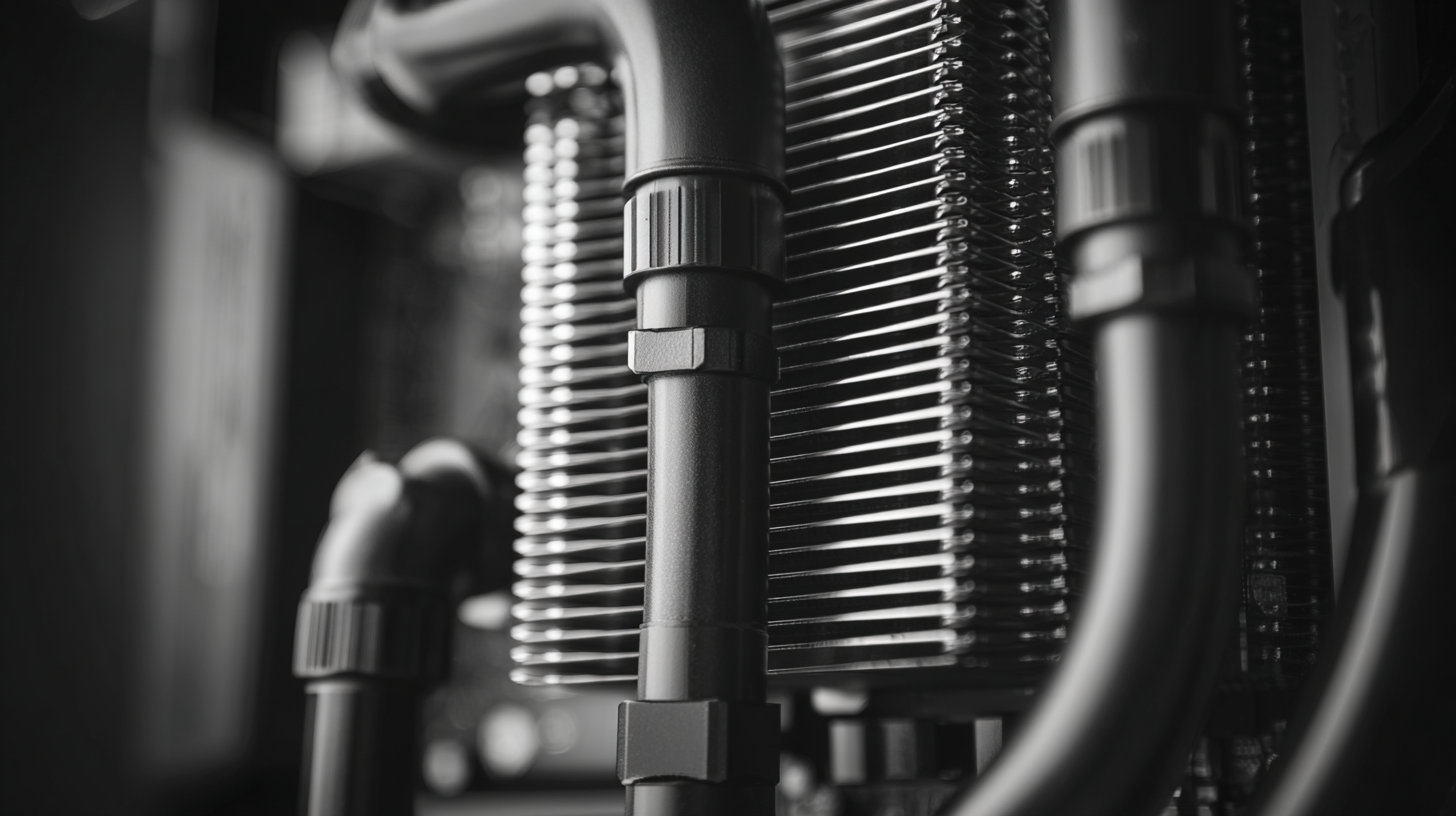
Water cooling solutions have gained popularity among PC enthusiasts due to their superior thermal management compared to traditional air cooling systems. According to a report from PCMag, water cooling can reduce CPU temperatures by an average of 30-50% compared to air cooling systems. This significant drop in temperature not only enhances performance but also extends the lifespan of critical components by preventing thermal throttling.
Another crucial advantage of water cooling is its quieter operation. While air coolers often require high RPM fans to dissipate heat, which can be noisy, water cooling systems utilize pumps and radiators that operate more quietly. A study by Hardware Canucks found that water cooling systems can reduce noise levels by up to 50% under load, providing a more enjoyable computing experience without the distraction of fan noise. These benefits combine to make water cooling an attractive option for gamers and workstation users alike, allowing for higher performance and a quieter environment.
In a watercooling setup, several key components work together to effectively transfer heat away from the CPU and other critical parts of a PC. At the heart of this system is the water block, a crucial component that sits directly on the CPU or GPU. It is designed with a series of channels or fins that maximize surface area, allowing thermal conductivity between the heat-generating components and the coolant flowing through it. The efficiency of the water block significantly impacts the overall thermal performance of the system.
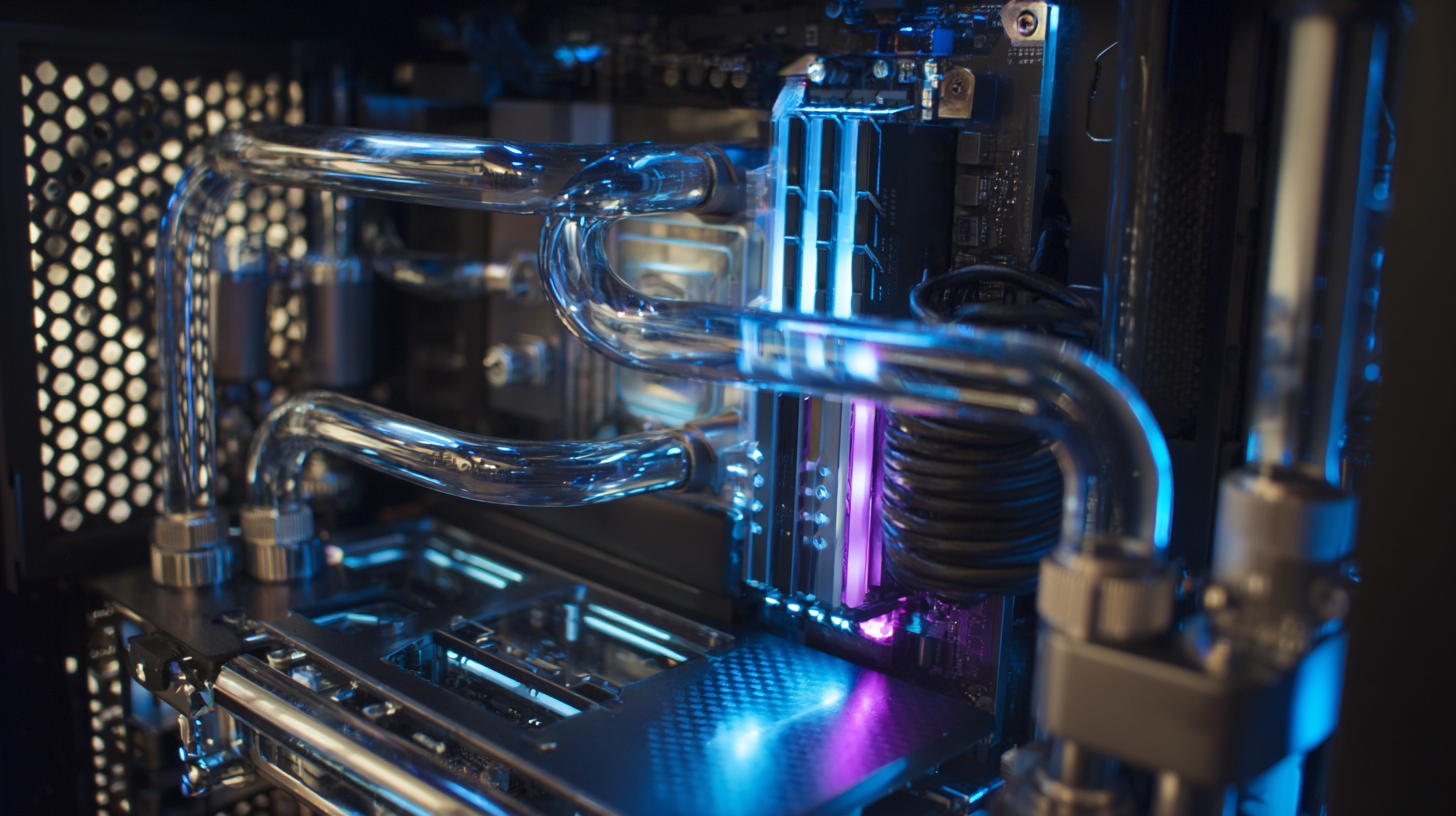
Additionally, the radiator plays a vital role in dissipating heat from the coolant to the surrounding air. Radiators come in various sizes and configurations, often equipped with multiple fans to enhance airflow and cooling efficiency. The choice of the radiator can affect the temperature of the liquid cooling loops and, consequently, the temperatures of the CPU and GPU. Lastly, the pump circulates the coolant throughout the system, ensuring consistent flow and optimal thermal exchange. Each of these components must be carefully selected and configured to achieve the best thermal performance, resulting in a more efficient and quieter cooling solution for PC enthusiasts.
When selecting and installing a watercooling radiator for your PC, it's crucial to understand both the thermal dynamics and the compatibility with your system's components. The latest advancements in cooling technology emphasize not only the efficiency of heat dissipation but also the aesthetic appeal of these components, catering to the diverse preferences of DIY PC builders. A well-chosen radiator can significantly enhance performance, especially under high-load conditions from powerful CPUs.
Installing a watercooling radiator requires careful consideration of the case layout and cooling capacity. Ensure that your case can accommodate the radiator's size and that there is adequate airflow. Attention to detail, such as properly securing the fans and ensuring that the pump's orientation is optimal for circulation, is vital. Additionally, choosing models that allow for easy maintenance and upgrades can future-proof your setup. As DIY enthusiasts increasingly seek both performance and style, understanding how to integrate these elements into your build will lead to a superior thermal management solution.
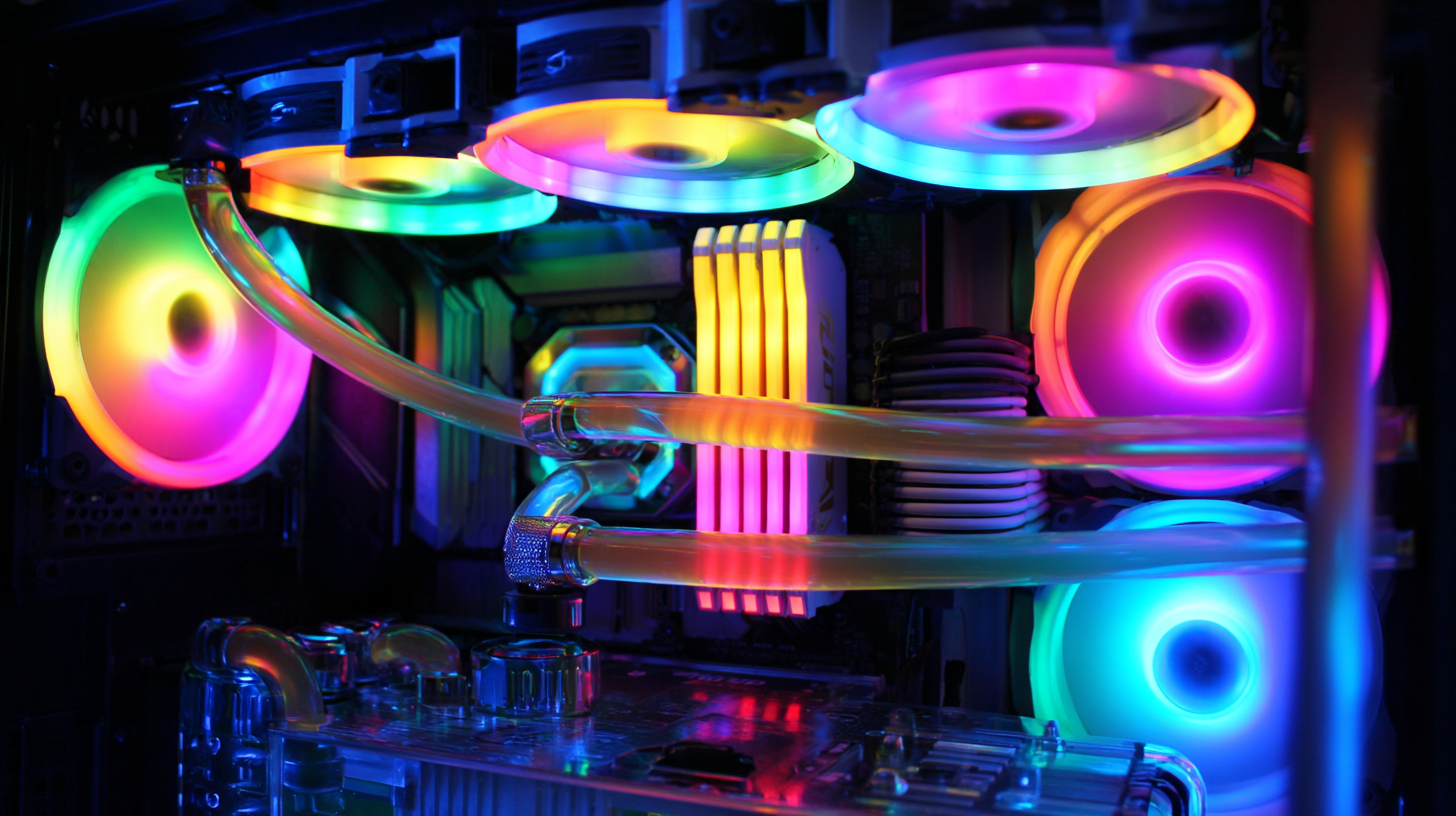
In the evolving landscape of liquid cooling systems for PCs, understanding the flow rates and liquid types used in watercooling radiators plays a critical role in enhancing thermal efficiency. Ultrasonic flow meters have emerged as a pivotal element in this sector, enabling precise measurement of fluid flow rates. By categorizing the market into different types—such as sectional, insertion, and clamp-on designs—manufacturers can tailor their solutions to meet specific cooling requirements, ensuring optimal performance of the radiator systems.
Moreover, the segmentation of the ultrasonic flow meter market by path numbers—ranging from time differential methods of three-path to those with six or more paths—offers additional avenues for customization in watercooling setups. The choice of flow meter directly impacts the cooling efficiency, which is crucial for maintaining optimal operating temperatures within PC components. By strategically selecting both the flow meter type and configuration, users can maximize thermal management, leading to enhanced overall system performance and reliability.
When troubleshooting common issues in watercooling systems for PCs, it's important to first identify the symptoms your system is displaying. One common problem is air bubbles trapped in the cooling loop. These can lead to uneven cooling and may cause overheating. To resolve this, tilt your case gently to allow the bubbles to escape towards the reservoir.
Another frequent issue is coolant evaporation, especially in systems with older tubing. Regularly check your coolant levels and replace any evaporated fluids to maintain optimal thermal performance. Additionally, keep an eye out for corrosion within the water cooling loop, which can occur due to unsuitable materials interacting with the coolant. To prevent galvanic corrosion, always use compatible metals and consider adding anti-corrosion additives to your coolant.
Tips: Regular maintenance of your cooling system can prevent many common problems. Periodically inspect your components for leaks and replace any worn-out tubing. Additionally, using high-quality coolant can enhance both performance and longevity of your watercooling setup. Familiarize yourself with the specific components in your system to better troubleshoot any potential issues that arise.

